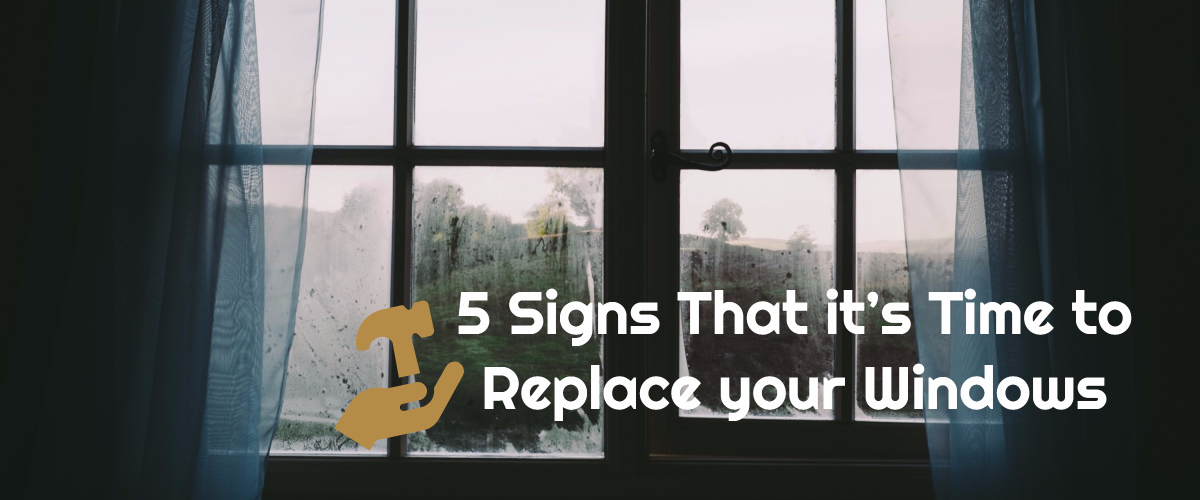5 Top Signs Your Siding Needs to Be Replaced

Your home’s siding is like its skin – It protects the delicate interior structure from the harsh outdoor conditions. Because your siding takes a beating from the elements, it can show signs of wear and tear if it’s old or if it hasn’t been properly maintained. Eventually, all siding needs to be replaced to keep the rest of your home protected.
Here are the top 5 signs your home’s siding needs to be replaced:
You Have High Heating & Cooling Bills
If you’ve noticed the slow creeping up of your heating and cooling bills, and rising energy prices aren’t the culprit, your siding could be to blame. Over time, siding can shift or develop spaces that cause air from the outdoors to leak in and outside air to sneak indoors. As a result, your heating and cooling systems need to work harder, meaning your bills go up. Replacing your siding with something newer can decrease your bills within the first season after installation.
>>Vinyl: The #1 choice for residential siding>>
You See Cracking or Warping
Your siding can be damaged by falling branches, animals, or heavy winds. If you notice cracked or warped pieces of siding, that means you’re not getting the best protection from your siding. Cracks and warped boards can take on water, leak air, and allow animals and pests to infiltrate your home’s interior, causing all sorts of problems. Getting your siding repaired or replaced promptly is the best way to prevent further issues.
>>Identify the 5 major types of home siding>>
Your Interior Paint or Wallpaper Is Peeling
Though it isn’t an obvious connection for many homeowners, peeling wallpaper or paint inside a home means there’s something going on behind the walls. Often, that’s siding in ill repair allowing moisture to build up behind the siding. This moisture can lead to all sorts of interior problems – mold and mildew, sagging walls, or damaged drywall – and can spell expensive repairs if the source of the moisture isn’t corrected.
You Find Fungus, Mold, or Mildew
Fungus, mold, or mildew – either inside your home or on your home’s siding – means a moisture issue that needs correcting. These growths not only cause damage to your home, but they can cause health problems for you and your family. If your siding is the cause of your mold problem, it likely means a replacement is necessary to correct a moisture problem
>>Choosing the right siding for your home>>
You See Holes
Like cracking and warping, holes can happen for a variety of reasons. Sometimes, small holes can be repaired and the rest of your siding is none the worse for wear. But if you find multiple holes, or holes that appear to have been there for a while, you could be dealing with moisture leakage or pest infiltration. The best way to take care of these problems is to strip off all the siding and replace it.
Experienced Residential Siding Contractor in Frederick, MD
At Select Home Exteriors, we take pride in making our clients’ homes as beautiful from the outside as possible. We offer a wide variety of vinyl, insulated, and fiber cement siding to match your home’s style. Contact our experienced contractors today for a free consultation.


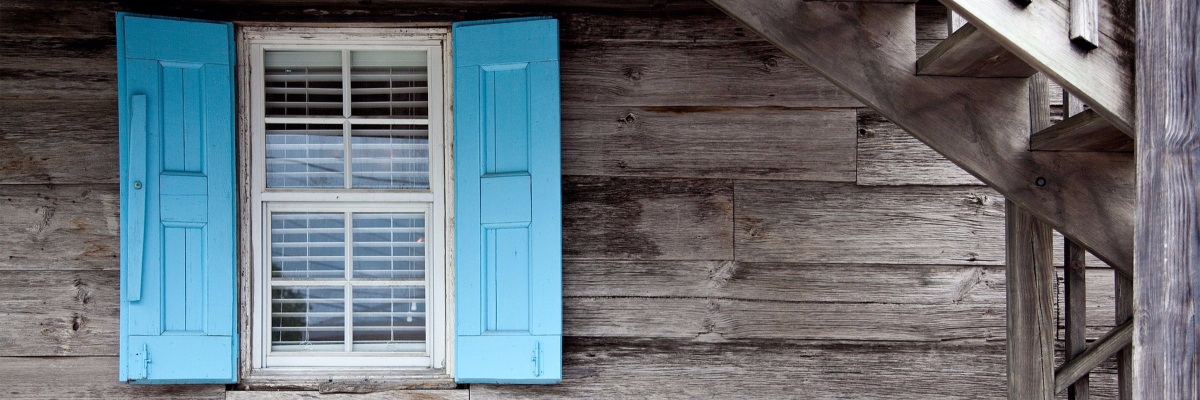 Shutters can be a great asset to your home’s exterior. Learn how home shutters can benefit you.
Shutters can be a great asset to your home’s exterior. Learn how home shutters can benefit you.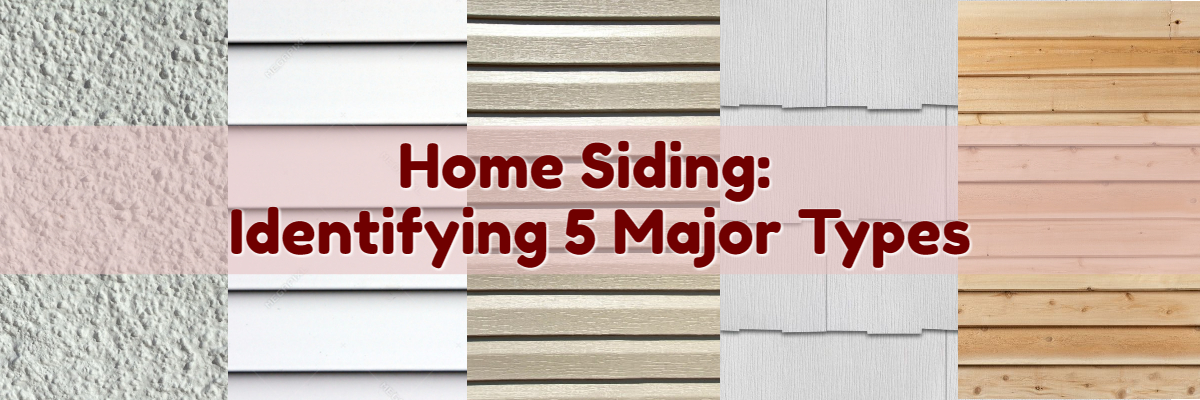
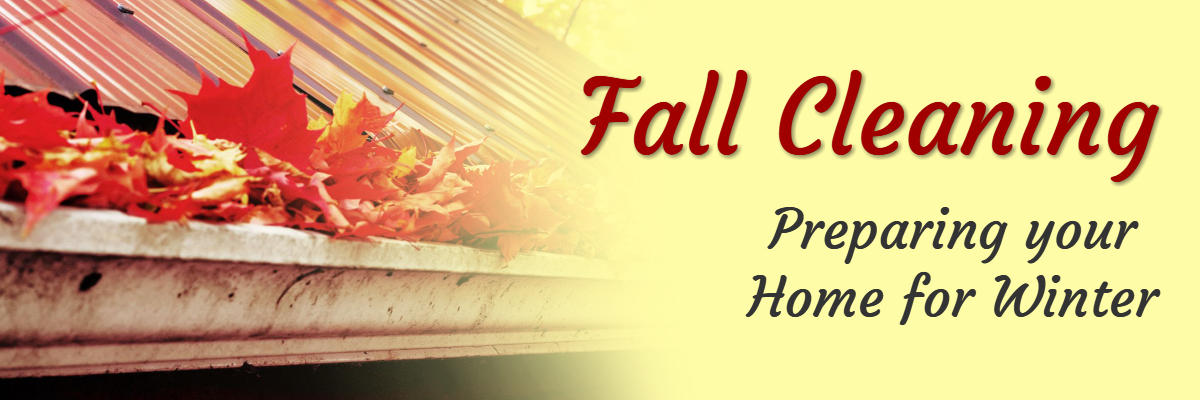
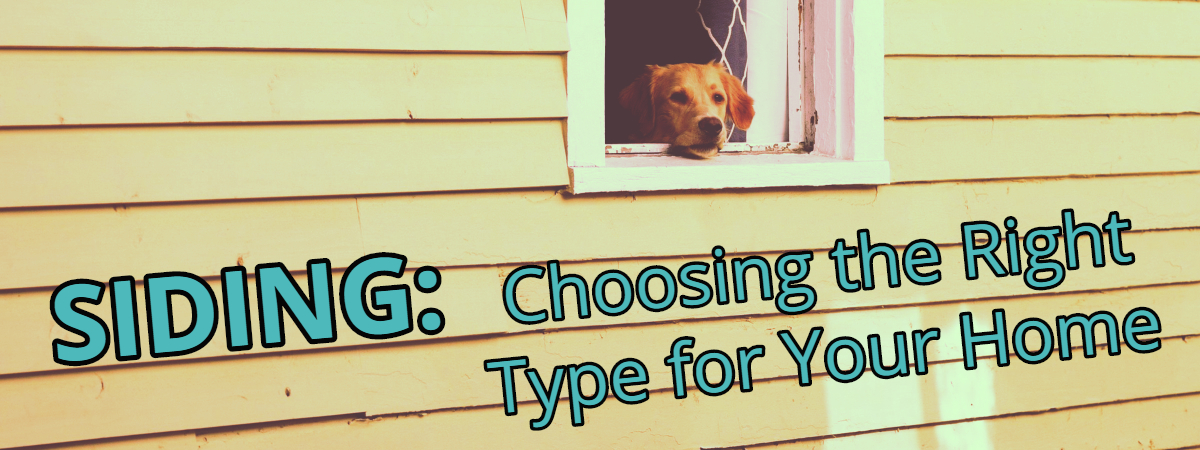
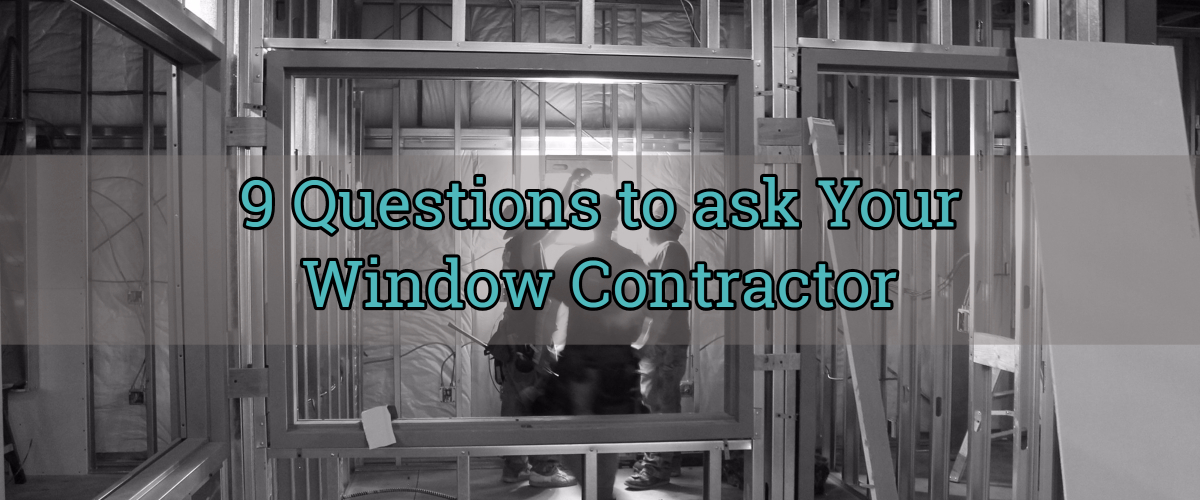 Replacing your windows is a big project, and one that’s best left up to the professionals. Before you sign on the dotted line, here are 10 questions you need to ask your window installation contractor:
Replacing your windows is a big project, and one that’s best left up to the professionals. Before you sign on the dotted line, here are 10 questions you need to ask your window installation contractor: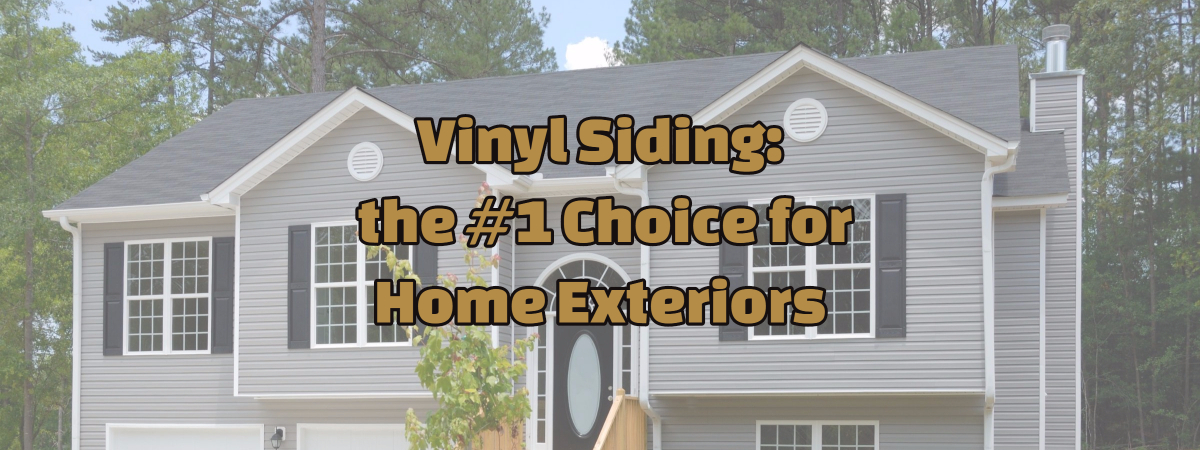 Vinyl siding is relatively new on the home-exterior market, first gaining traction in the late 1950s. Early vinyl siding did not earn a good reputation as manufacturers still needed to work out the kinks in their new product. As technology has developed, vinyl siding has become more durable, versatile, and beautiful than ever before. Here are five reasons to choose vinyl siding:
Vinyl siding is relatively new on the home-exterior market, first gaining traction in the late 1950s. Early vinyl siding did not earn a good reputation as manufacturers still needed to work out the kinks in their new product. As technology has developed, vinyl siding has become more durable, versatile, and beautiful than ever before. Here are five reasons to choose vinyl siding: